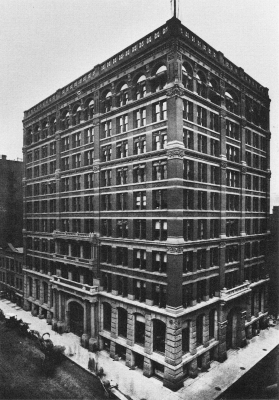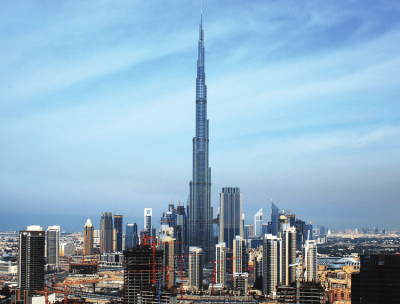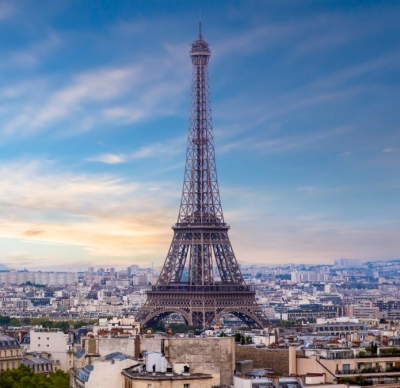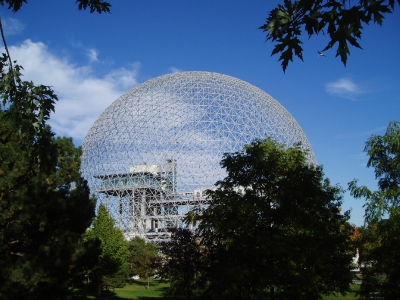Twist in the skyscraper tale
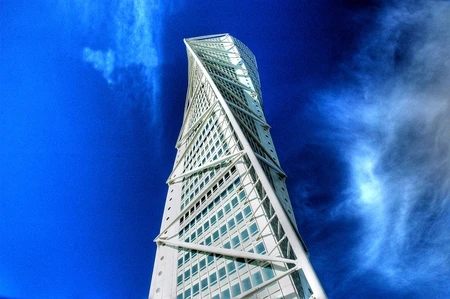
China has unveiled the world's most twisted tower. Here's a look at what play of light and architectural detailing can do to make some skyscrapers look twisted.
The Dance of Light skyscraper in Chongqing is located in xingfu Plaza in Jiangbei district. The 180-metre tall tower has been designed by architecture firm Aedas. According to the firm, double-curved facades have been used to create an impression of a twisted building.
The design has been inspired by the northern lights that is often seen in the Arctic. However, here light plays a key role in the twisted shape of the ‘Dance of Light’.
The reflection of light on the tower gives the tower a different look from different angles. Meanwhile, the vertical lines have emphasised the minimalistic form and the reflection and refraction from the glass has created a design statement.
MORE TWISTED STOREYS
Turning Torso
The world's first twisted tower, Turning Torso, was designed by Spanish architect Santiago Calatrava. Ofificially opened in 2005 in Malmo, Sweden, the tower's height is 190 metres. The building is shaped like a twisted human being.
Absolute World Towers
Absolute World is a residential condominium twin tower complex in the five-tower Absolute City Centre in Mississauga, Ontario, Canada. Built by MAD Architects, the towers are 176 metres and 158 metres tall respectively. It was completed in 2012. Interestingly, the towers have been dubbed as the 'Marilyn Monroe' towers due to their form.
Cayan Tower
The 306-metre tall Cayan Tower in Dubai, was designed by Skidmore, Owings & Merrill and completed in 2013. In 2013, it became the world's tallest high-rise building with a twist of 90 degrees but was later surpassed by the Shanghai Tower. The twisting design of this tower was made by rotating each floor 1.2 degrees around a cylindrical elevator and service core.
Shanghai Tower
Shanghai Tower is the tallest building in China and the world's third-tallest building by height to the architectural top. It was designed by the American architectural firm Gensler. The tower is in the form of nine cylindrical buildings standing atop each other. It has a total of 128 floors, all enclosed by glass facade.
Picture Credit : Google
